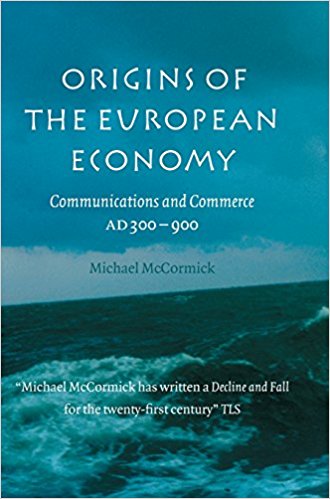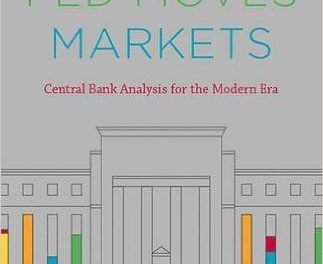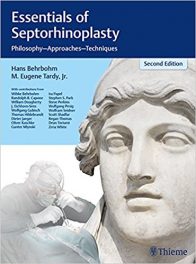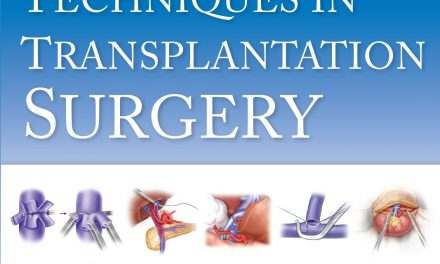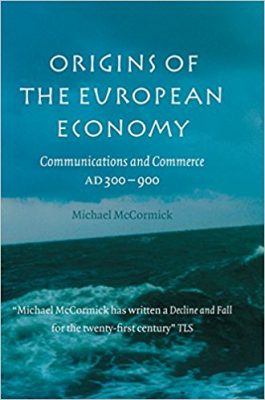 Editor: Michael McCormick
Editor: Michael McCormick
Publisher: Cambridge University Press – 1,101 pages
Book Review by: Sonu Chandiram
This book has been described on its introductory page as: “the first comprehensive analysis of the economic transition from antiquity to the Middle Ages in over sixty years. It brings fresh evidence to bear on the fall of the Roman Empire and the origins of the medieval economy. The book uses new material from recent excavations, and develops a new method for the study of hundreds of travelers to reconstitute the communications infrastructure that conveyed those travelers–ship sailings, overland routes–linking Europe to Africa and Asia, from the time of the later Roman Empire to the reign of Charlemagne and beyond.”
Among the important questions it brings up are the following:
- Was there trade in the six centuries between 300 and 600 AD, defined as between Antiquity and the Middle Ages. If so, with what products, and with what countries and territories?
- Was their ‘stone-age isolation’ in Europe as some historians have contended, or was there interaction between countries and dynamic change?
The author, Harvard Profess Michael McCormick has, with new evidence and new ways of looking at old evidence, reveals and describes the dynamism that prevailed during these 600 or so years.
Specifically, McCormick presents:
- The stories of travelers, what they carried on the ships, sailing rhythms, the reopening of overland routes, and the rise of Venice.
- Accounts of how the first truly European economy exported European slaves in exchange for African and Asian coins, drugs, and silks.
The massive amount of content in over a thousand pages is detailed in 25 chapters that are organized in five Parts. Additionally, four Appendices and a Bibliography of primary and secondary sources present additional references for further research and understanding. Here is the listing of chapters that provides you an overview of what you will discover in this book of outstanding research and scholarship:
The book begins with listings of abbreviations, charts, figures, maps and tables, as well as a Preface. An introduction entitled Commerce, Communications, and the Origins of the European Economy precedes the listing of Parts and chapters and serves to prepare the reader prior to having him delve into the discussions of the topics and the interesting details.
- Part I – The End of the World
- The end of the ancient world
- Late Roman industry: case studies in decline
- Land and river communications in late antiquity
- Sea change in late antiquity
- The end of the ancient economy: a provisional balance sheet
- Part II – People On the Move
- A few western faces
- Two hundred more western envoys and pilgrims: group portrait
- Byzantine faces
- Easterners heading west: group portrait
- Traders, slaves and exiles
- People on the move
- Part III – Things that Traveled
- Hagiographical horizons: collecting exotic relics in early medieval France
- “Virtual” coins and communications
- Real money: Arab and Byzantine coins around Carolingian Europe
- Things that traveled
- Part IV – The Patterns of Change
- The experience of travel
- Secular rhythms: communications over time
- Seasonal rhythms
- Time underway
- “Spaces of sea” : Europe’s western Mediterranean communications
- Venetian breakthrough: European communications in the central Mediterranean
- New overland routes
- The patterns of change
- Part V – Commerce
- Early medieval trading world
- Where are the merchants? Italy
- Merchants and markets of Frankland
- Connections
- Where are the wares? Eastern imports into Europe
- European exports to Africa and Asia
- At the origins of the European economy
This book shows that there was constant movement of ideas, people, and things within the countries that constituted Europe during the centuries of antiquity and the Middle Ages. It reveals the economic transformation that happened between these two periods not only within Europe but in the continent’s commerce and trade with other parts of the world, particularly with the Middle East, Africa, and Asia.
The amount of data that the author Michael McCormick presents is not only enormous, but its quality in terms of its specificity is incredible! Here is just an example of many items of research presented in this fantastic book: Chapter 6 Two hundred more western envoys and pilgrims: group portrait.
McCormick begins this chapter by writing:
“On 3 November (in the year) 869, the Roman monk Peter was summoned to the church council underway in the Hagia Sophia. In the presence of the Byzantine emperor and the Roman legates, the man was accused of participating in Photius’ synod which two years before, had deposed Pope Nicholas I. He denied everything. For the historian of Mediterranean communications, his defense is striking:
‘So am I the only Peter who comes to this city from Rome? What about the 10,000 other Peters who have come up here?’
“Although Peter may not win points for mathematical precision, his defense assumes a fair crowd of similarly named Romans in Constantinople in 867. The monk’s forgotten protest challenges the notion of a ninth-century Mediterranean empty of communications and contacts. Closer scrutiny of the larger group of western pilgrims and envoys deepens the challenge.”
This is a pioneering, highly enlightening volume supported with massive research on a period of European history that has been otherwise characterized by some writers as ‘the Dark Ages’ and, to say the least, an important read for everyone and an asset for their library. .
Editor:
Michael McCormick is Professor of History at Harvard University. His many publications include: Eternal Victory: Triumphal Rulership in Late Antiquity, Byzantium and the Early Medieval West (1986) and contributions to The Cambridge Ancient History, The New Cambridge Medieval History, and The Oxford Dictionary of Byzantium.

